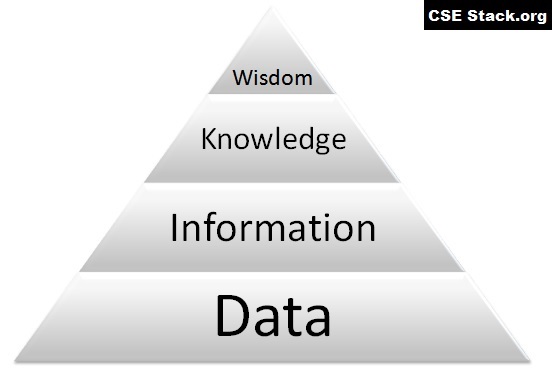11 Basic BIG DATA Interview Questions and Answers
We all know Big Data is trending and high in demand. Here I’m talking about the basic Big Data interview questions asked in the job interview.
1. What is Big Data?
A field that deals with ways to extract, analyze or otherwise work with the data sets that are too large or complex to be dealt with using traditional data processing application software and its related hardware.
2. What are the types of Big Data?
- Structured data
- Unstructured data
- Semi-structured data
3. What is structured data?
Structured data usually contained in rows and columns where its elements are mapped into fixed and predefined fields. A database or an Excel file is an example of structured data.
4. What is unstructured data?
Unstructured data is not organized into rows and columns and typically does not have an associated data model. Assume email, image, or an audio file. This lack of structure makes unstructured data harder to manage, search and analyze.
5. What is semi-structured data?
Semi-structured data is a mix between structured data and unstructured data. It does not have a tabular structure, but it has tags and markers that allow it to separate data from metadata as well as store data. Examples are JSON or XML files, which have a clear way of identifying data and metadata, as well as providing a way to create a hierarchical structure.
Also check, the Apple interview questions asked to the Big Data Engineer.
6. Explain DIKW Pyramid model.
This is very famous pyramid mode. DIKW stands for Data, Information, Knowledge and Wisdom.
Read the DIKW pyramid model in detail.
7. What are the classification of Big Data?
- Volume: Amount of data generated.
- Velocity: It refers to the speed at which the data get generated.
- Variety: Generate different types of data.
- Veracity: It is required to make sure that data is accurate and of a trusted source.
- Value: It transforms data into business.
8. How does Big Data work?
The way big data processing frameworks operate is that the source data is divided and processed by multiple machines in parallel.
9. What does Big Data do?
The data collected from different kinds of sources that intend to use for analysis and storage is called raw data. These raw data are stored in the data lake (Amazon S3 and Microsoft Azure data lake storage Gen 2). The advantage of the data lake is that data is stored without applying any transformation. So, raw data can be processed at any time to extract insights from the data when a different type of insight is required or a new method is developed. This process is called ELT (Extract, Transform and Load) where data is processed from the data lake and loaded into the targeted system which can be an operational data store, a data mark, or a data warehouse.
No doubt, looking at the trend, growth and demand of Big Data technology is real.
10. How is Big Data applied within a business?
- Retail: Log interactions and actions undertaken by the customer to predict behavior or increase profit.
- Manufacturing: Use insights to boost quality and output.
- Banking: Use machine learning to predict outcomes and identify potential fraud scenarios.
- Healthcare: Detect patterns to improve existing or find new ways to take care of patients.
Check popular Big Data trends to understand where we can use it.
11. List down top Big Data platforms
- Microsoft Azure
- Cloudera
- Sisense
- Collibra
- Tableau
- MapR
- Qualtrics
- Oracle
- MongoDB
- Datameer
These are the tools that are also used in Data Analytics.
Conclusion
A few years ago, it was possible to collect and analyze data only up to the physical limits of your software. However, with the advent of Hadoop and many other big data platforms, insights can be gained from massive amounts of data at breakneck speed, which enables companies to work fast, remain agile, flexible, and optimize the workflow to predict and get ahead of the market.

 Do you want me to send you programing updates for FREE?
Do you want me to send you programing updates for FREE?